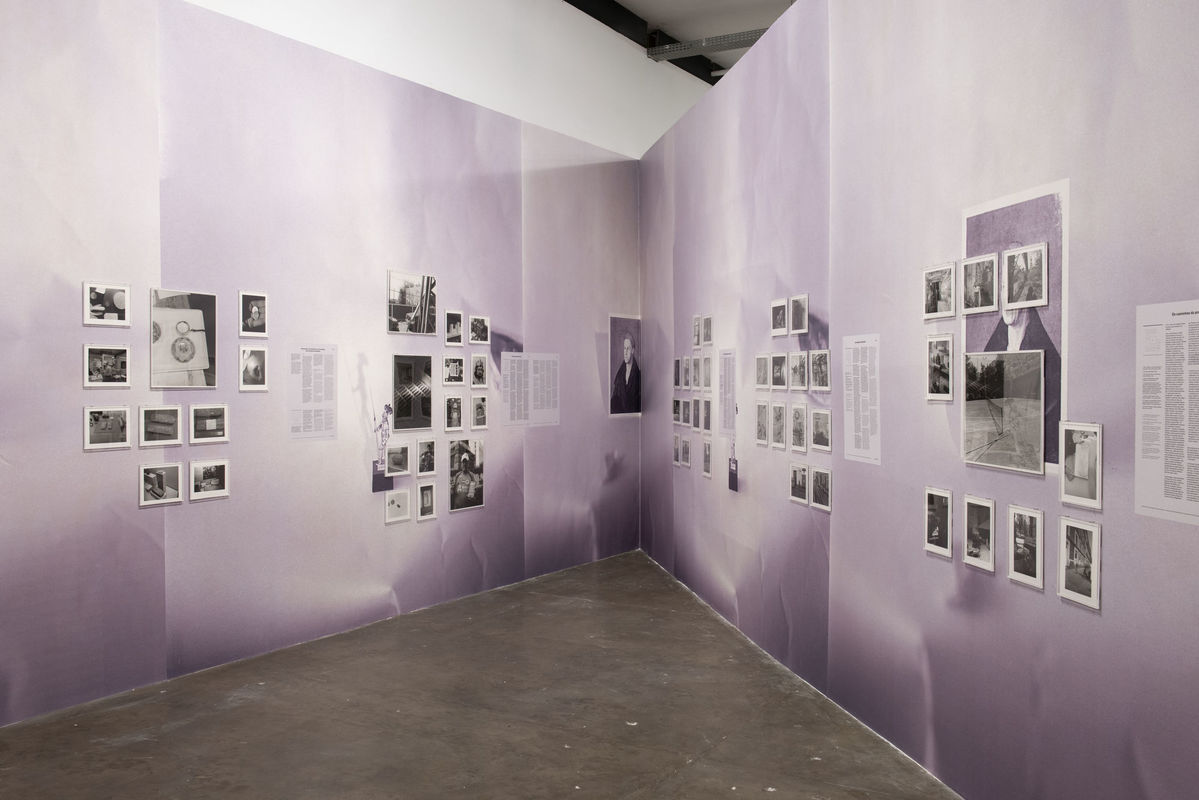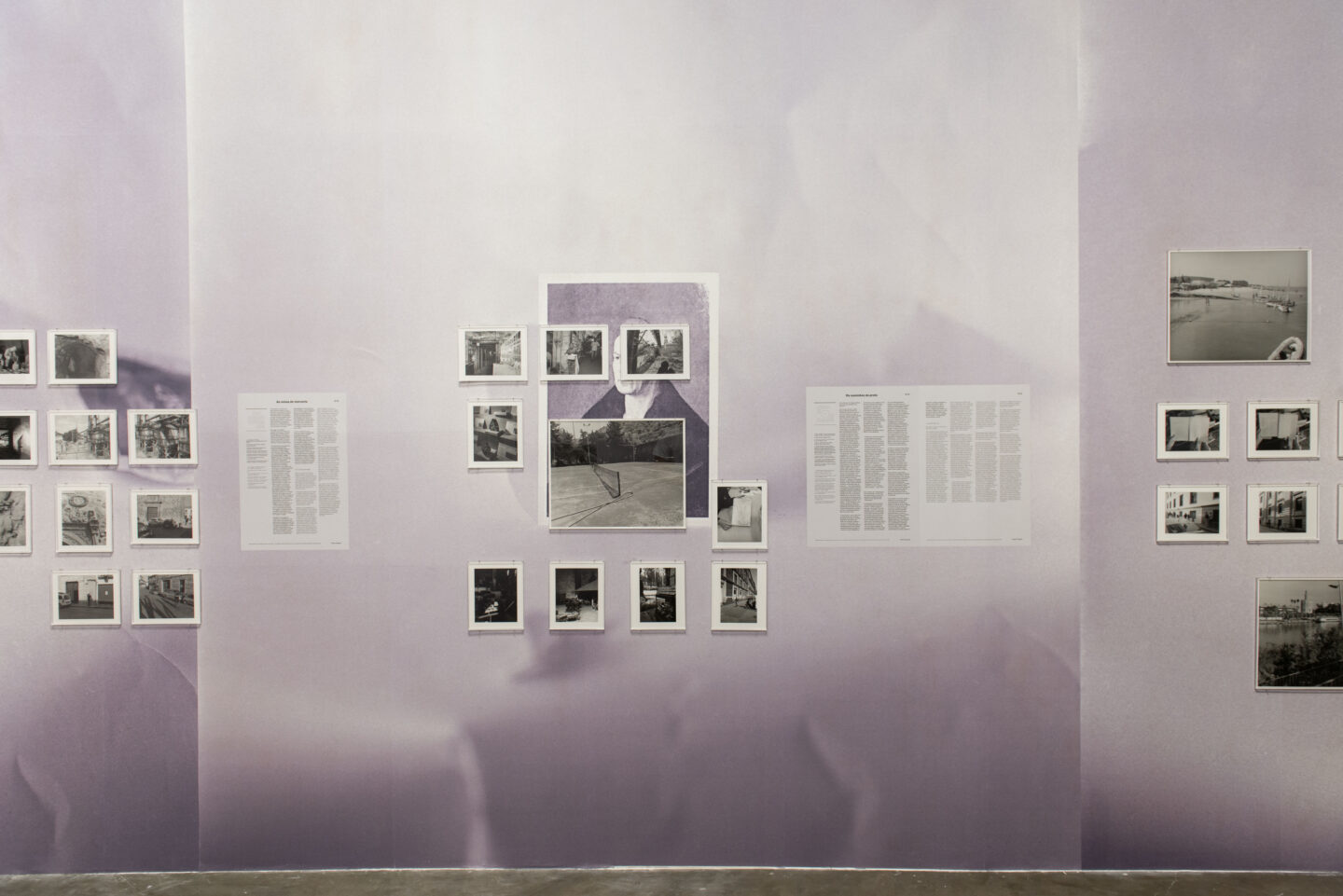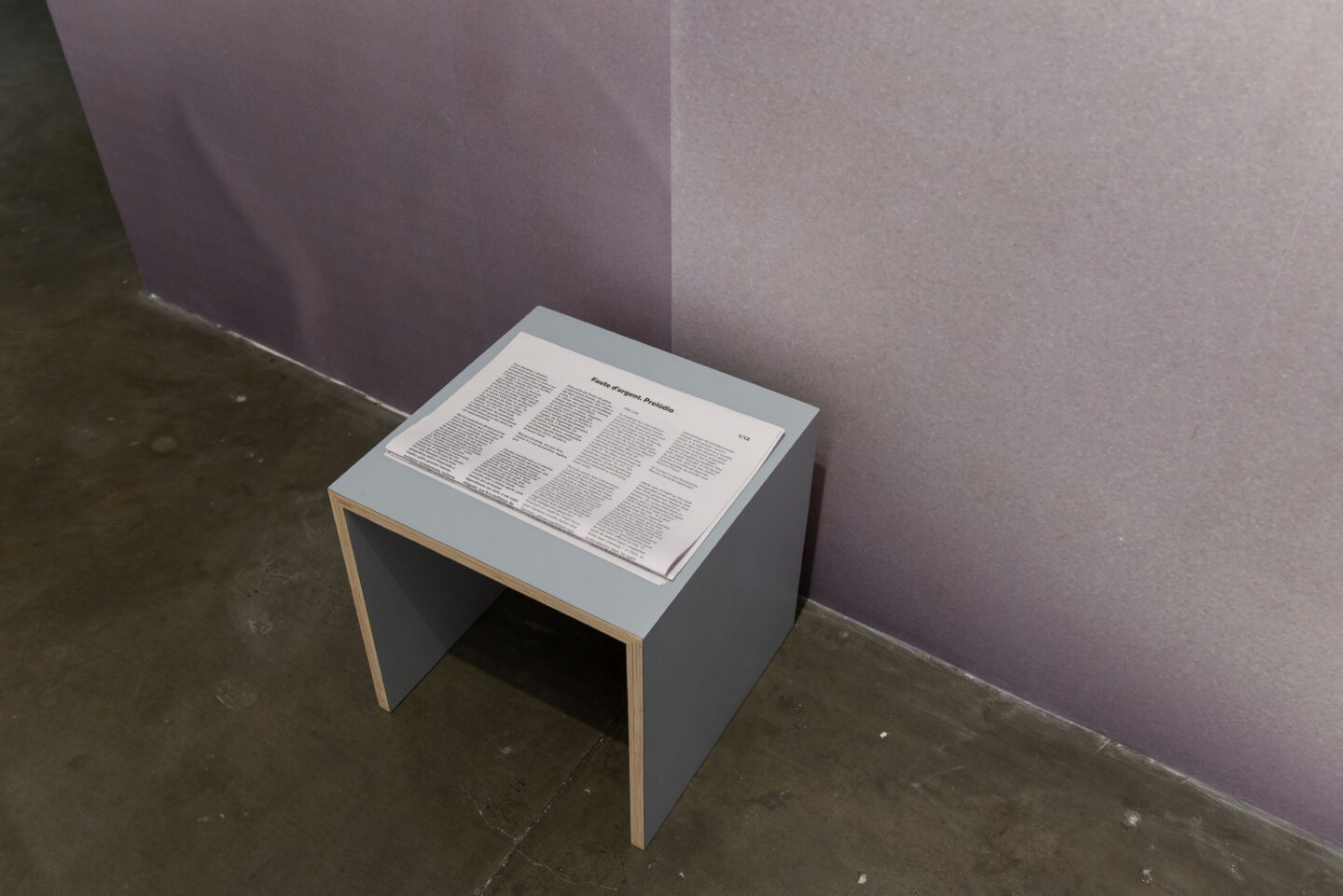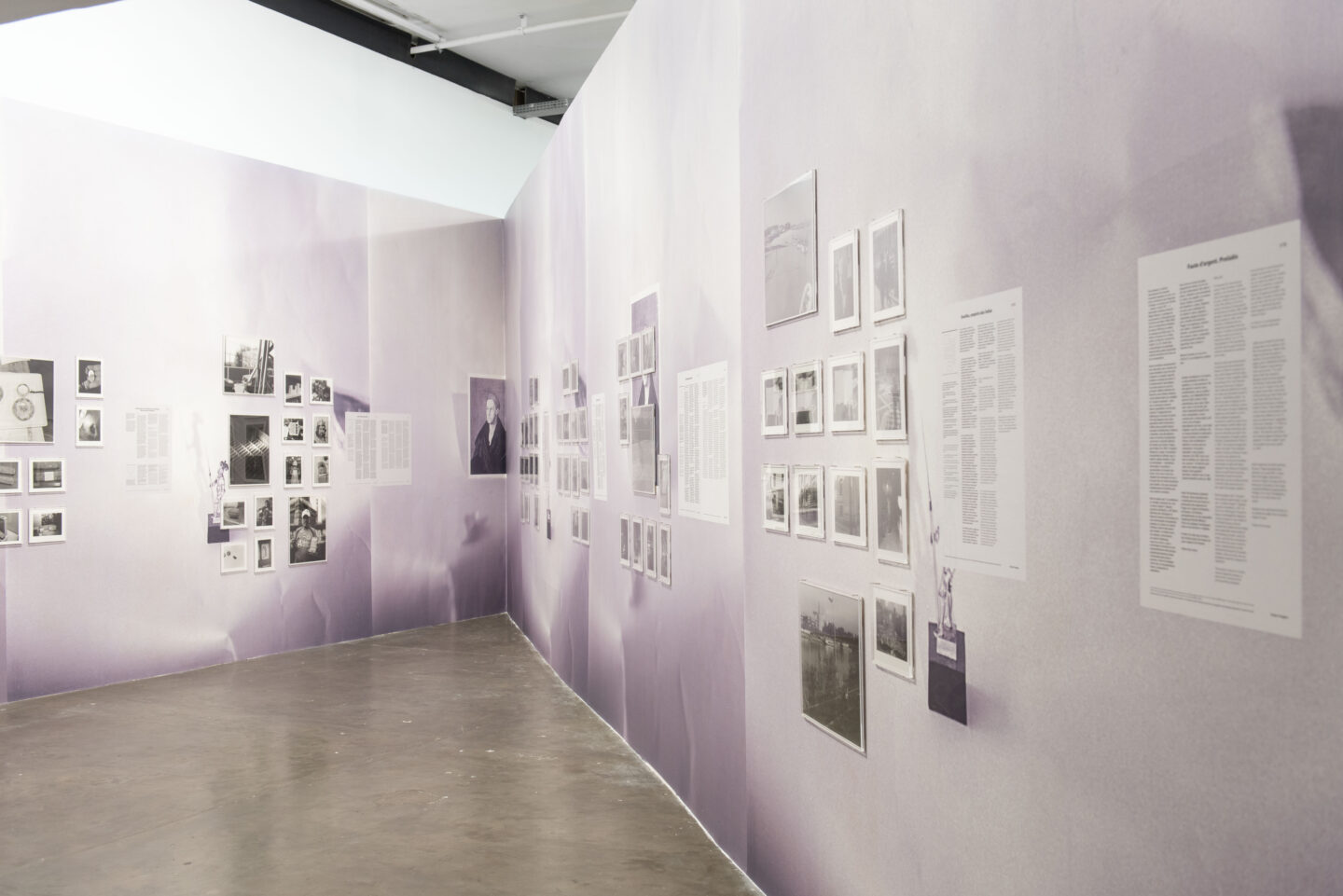
Jorge Ribalta
Faute d’argent [Lack of money] (2016–20) is the third and final episode of an artistic and historical investigation by Jorge Ribalta on the final period of Charles V (1500–58), King of Spain and Holy Roman Emperor. Under his reign, the shaping of an idea of nationhood ran parallel to the conquest and colonization of the West Indies, inherited as the grandson of the Catholic Monarchs. The approach is twofold: the manifestation of Charles V as a key to interpreting the Western world in the era of the great economic recession that began in 2007; and an exercise in reviewing and mourning the Spanish/ imperial colonial past, resulting in a critical choreography of return.
The series is based on the “documentary idea,”, which runs through all of Ribalta’s work, whether as a photographer, theoretician-researcher or curator, as he argues that photography contributes to explaining social complexity – class relations and their conflicts, as well as the relationship of subjectivities with history – and not just representing it. In Faute d’argent, Ribalta questions both the history of the Spanish nation and the imperial-financial logic of capitalism since the early Modern Age in Europe, which spills over into a coloniality of power. Its title sums up the dialectical relationship between the eEmperor in decline and his bankers, the Fugger saga, that is, between necessity and the indebtedness that guaranteed imperial status in the 16th century, to the detriment of the nation (Castile) and the Indies, turned into mere instruments of an extractivist colonial policy. Having no metaphors, the episode is a tragicomedy made up of 76 photographs – rhythmized by the notes and quotations in the margins – that traces the names and geography on which the Habsburg empire and the Spanish nation were built in order to subject them to a critique against the grain from the inherited discomforts. Thus, photography acts as a counter-discourse in revising one of the founding myths of the Spanish Empire and is an instrument from which to question European modernity from the perspective of coloniality in America. In this sense, the series searches for the spectre of those bankers today in the geographical axis Augsburg – Seville – Mexico, in its streets, chapels and churches, museums, libraries, mines, and workshops, which are a transcript of the gold, silver and chocolate transformed into coins, ingots, and grains.
rocío robles tardío
translated from Spanish by ana laura borro
- Vista da instalação Faute d’argent [Falta de dinheiro] de Jorge Ribalta durante a 35ª Bienal de São Paulo – coreografias do impossível © Levi Fanan / Fundação Bienal de São Paulo
- Vista da instalação Faute d’argent [Falta de dinheiro] de Jorge Ribalta durante a 35ª Bienal de São Paulo – coreografias do impossível © Levi Fanan / Fundação Bienal de São Paulo
- Vista da instalação Faute d’argent [Falta de dinheiro] de Jorge Ribalta durante a 35ª Bienal de São Paulo – coreografias do impossível © Levi Fanan / Fundação Bienal de São Paulo
- Vista da instalação Faute d’argent [Falta de dinheiro] de Jorge Ribalta durante a 35ª Bienal de São Paulo – coreografias do impossível © Levi Fanan / Fundação Bienal de São Paulo
Jorge Ribalta (Barcelona, Spain, 1963. Lives in Barcelona) works in the field of photography. Initially interested in exploring photographic naturalism, he later turned to a reassessment of the documentary genre. Using analogue and black-and-white, he works on large-scale projects that trace the changing landscapes, urban, rural and post-industrial, of late capitalism. Ribalta analyzes cultural artifacts and the relationships between photography and institutional structures. His work is located between art, politics, economics and history. Since the 1980s, he has combined his photographic practice with curatorial practices and art criticism.
This participation is supported by Acción Cultural Española (AC/E) and is held in partnership with Institut Ramon Llull.

 Português
Português


